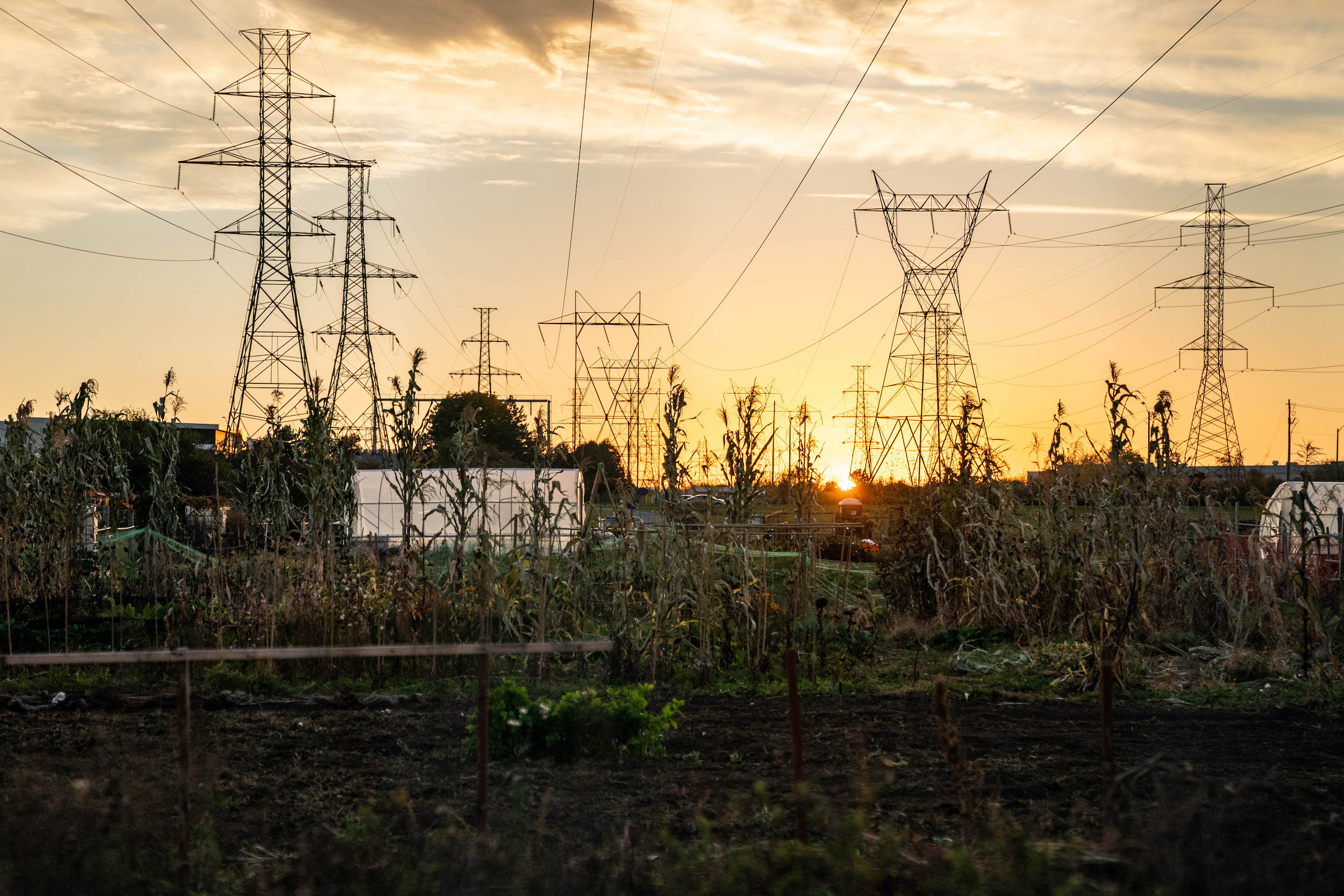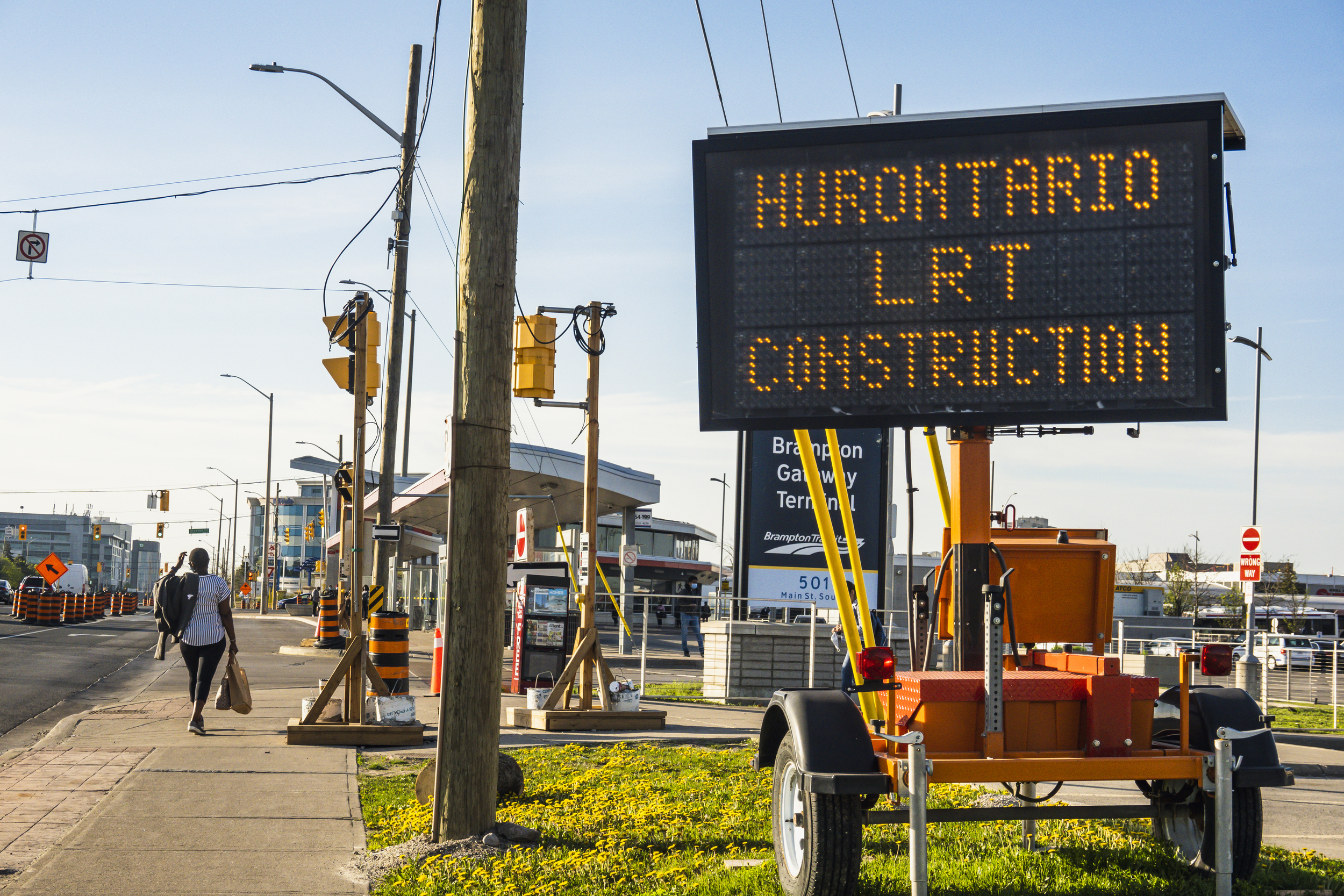
Hope for a huge, ancient and imperilled fish
First Nations are leading efforts to make sure lake sturgeon can find a home in...
The Doug Ford government has tabled a sweeping bill that could have wide-ranging consequences for the environment as Ontario rushes to make progress on major infrastructure projects such as highways and transit.
The so-called Get It Done Act proposes to amend environmental laws designed to protect green space and farmland. It would make it easier for the government to expropriate land for key projects before environmental assessments are completed. It includes a new law that would create obstacles for future Ontario governments to make polluters pay for their emissions. The bill also delivers new plans for municipal growth, and extends small cost-savings for drivers.
Many details of the new omnibus bill were first revealed by The Narwhal earlier this month. An internal document reviewed by The Narwhal said the Get It Done Act would go forward despite concerns from officials that it could be viewed as “further weakening” Ontario’s Environmental Assessment Act and as another instance of the government failing to properly consult Ontarians, First Nations and municipalities on big land-use decisions.
Last week, over three successive announcements, the Ford government gave the public glimpses of what the omnibus bill includes, such as moves to permanently automate free licence plate renewals and ban tolls on provincial highways.
The government says these new measures, if they pass, will make it faster to build infrastructure and housing — two key promises Ford has been slow to fulfill since he took office in 2018 — and save Ontarians money.
Here are the biggest takeaways from the Get It Done Act.

The province is only supposed to expropriate land — forcing a landowner to sell property to the government — when it is in the public interest. Often, the government will determine that need through an environmental assessment, which can help ensure it doesn’t take too much. But the question of whether an environmental review is an actual legal requirement before expropriation is currently a gray area under Ontario’s law, leaving the government vulnerable to potential court challenges that, according to an internal document seen by The Narwhal earlier this month, cost approximately $25,000 per case.
In an effort to block such challenges, the Get It Done Act would amend the Environmental Assessment Act to explicitly allow both provincial and municipal governments to expropriate land before environmental approvals. The bill offers few details about how wide-ranging these powers would be, or how they would play out on the ground. In internal documents and press releases, the government argues this will hasten the construction of flagship provincial roads like Highway 413, the Bradford Bypass as well as new transit projects and energy transmission lines by up to 18 months.
The change, according to the internal document, will codify what the government is already doing, despite uncertainty about whether it’s legal. Ontario already expropriated several properties for the Bradford Bypass before completing that project’s environmental assessment. In 2020, the government also restricted the rights of landowners facing expropriation by eliminating a hearing meant to determine if the process was necessary.


In a Feb. 16 press conference, Environment Minister Andrea Khanjin didn’t directly answer questions from The Narwhal about how she will make sure these changes won’t harm the environment. She said the goal is to “streamline” the environmental assessment process, which has historically been “slow and complex” with “too much red tape.”
Khanjin said all infrastructure projects will still be subject to the Endangered Species Act and other regulations requiring the government to justify expropriations and consider environmental harms. Last week, The Narwhal reported the Ford government is moving to weaken Endangered Species Act protections for the redside dace, a minnow whose habitat is along the proposed route of Highway 413.
The most recent round of weakening environmental oversight goes beyond the Get it Done Act. The minister also said the government will amend the environment assessment process to declare key highway and transit projects — like Highway 413 and the Hazel McCallion light-rail transit line in Mississauga — as “low risk,” requiring less oversight. The internal document seen by The Narwhal showed that this change could also apply to projects concerning municipal roads, water infrastructure and large sewage expansions.
Nearly half of the bill is about the Ford government’s proposal to require a referendum on any future carbon pricing proposal. The bill empowers the province’s chief electoral officer to hold a vote on any future carbon pricing plan, which would only be put in place if more than 50 per cent of Ontarians vote in favour of it.
Any future government could repeal this law and skip the requirement for a referendum. This new bill would also not exempt Ontario from its responsibility to charge businesses and individuals for emissions. While the Ford government unilaterally removed the Ontario-specific carbon pricing plan instituted by the previous Liberal government in 2018, it then instituted its own industrial carbon price, as required by the federal government.

The omnibus legislation includes the government’s latest decisions on 12 municipal official plans — which guides development in cities and towns over the next three decades. This is the third time the government has changed these plans in two years.
Last fall, the government reversed plans to push the urban boundaries of these southern Ontario municipalities out into farmland and green space after two watchdogs provided evidence that some political staffers pressured public servants to give preferential treatment to a small group of developers. A number of cities, including Hamilton and Halton, had strongly opposed the expansions, stating they were able to meet population growth targets set by the province through densifying areas already slotted for new housing.
It is difficult to say how the new plans could affect farmland or green space, as the new decisions are highly technical and still being reviewed by local and regional planners, grappling with ever-changing land-use and development policies. Hamilton’s urban boundary does not appear to be expanded, while Halton has a slight increase. Ottawa’s plan notably includes increased density targets.
Some of the municipal moves are connected to the Greenbelt scandal, which saw the Ford government reverse its plan to open 3,000 hectares of protected land to development last fall after intense public pressure.
Housing Minister Paul Calandra told reporters on Feb. 21 the decisions had been made in consultation with municipalities, which commented on “what parts they want to retain and what parts they aren’t happy with.”
The bill proposes to make permanent a freeze on renewal fees for driver’s licences originally announced in 2018, which saves drivers $7 every five years — an amount worth about 20 per cent less in 2024 due to inflation, according to the Bank of Canada’s online calculator. It also proposes to automate the licence plate renewal process for drivers who have no outstanding fines or parking tickets.
The legislation proposes to block the possibility of new tolls on new and existing provincial highways: in 2022, the Ford government dropped tolls on highways 412 and 418 which, according to CBC, meant foregoing about $38.2 million in annual revenue. Highway 407 will continue to be tolled, since it was privatized in 1999 by a previous Progressive Conservative government.
With files from Emma McIntosh
Updated on Feb. 23, 2024, at 11:36 a.m. ET: This story has been corrected to remove a line about the town of Erin being opened to development through the Greenbelt land swap. Erin was actually added to the Greenbelt in 2022, while other protected areas were removed.
Get the inside scoop on The Narwhal’s environment and climate reporting by signing up for our free newsletter. Angello Johnson’s shoulders burn, and his arms...
Continue reading
First Nations are leading efforts to make sure lake sturgeon can find a home in...

We’re excited to share that an investigation by The Narwhal is a finalist for the...

A new documentary, Nechako: It Will Be a Big River Again, dives into how two...
